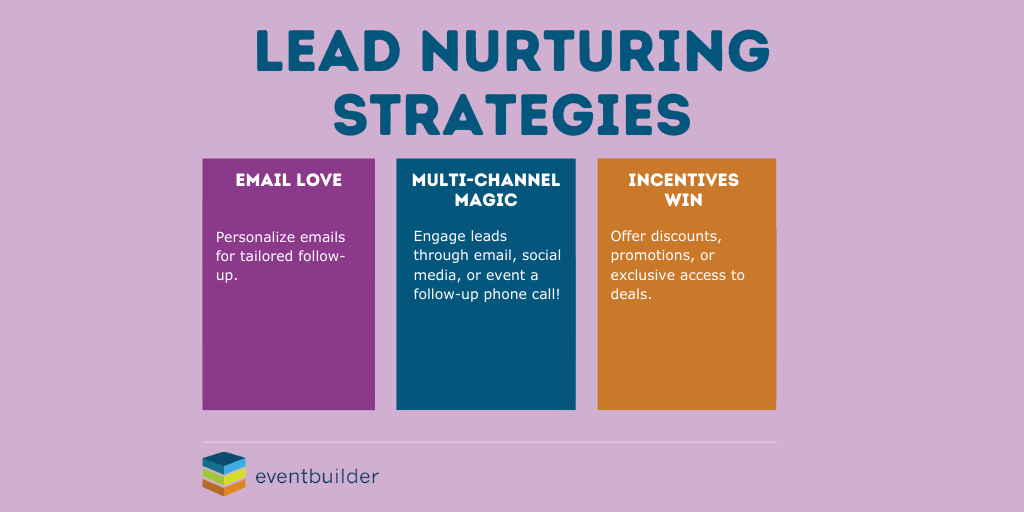(Updated For 2020) Webinars as panel discussions
Remote panel discussions are possible - they’re just a little different than what you may be used to in terms of webinars and virtual events. With some creativity and advanced planning, you can turn your online panel discussion into a rousing success. Here are 10 ideas to get you started.
10 Tips For a Successful Remote Panel Discussion
1. Nail down your topic and your panelists - Planning for the actual event BEFORE the tech prep is important. All the coolest virtual event technology in the world won't cover an unprepared moderator and runaway panelists. Decide whether you will need multiple moderators to keep everything running smoothly.
2. Choose a knowledgeable moderator - Identify at least one moderator with enough knowledge of the content to be able to speak to it and ask the right questions in the right way. A moderator who is also a good facilitator for topic engagement can really make your event.
3. Plan the Q&A - Remote Q&A sessions can present their own set of challenges. Map out how you're planning to moderate questions. When the time comes for your event, communicate your plan clearly to your audience to set expectations for whether or not their question will be answered. (First come first serve? Will you read some and then choose? Will the Q&A be verbal or text-based?)
4. Prep the tech - You've chosen your topic, nailed down your panelists, planned how (and who) you're going to run and moderate the Q&A portion of your event - NOW plan your tech. Make the tech fit your event instead of the other way around. Questions to ask yourself to help you choose the right tech for your event include:
- How many attendees do I expect? Are they internal or external to my organization?
- What software will work best for both the attendees and the panelists?
- Do I want to record the event for later on-demand viewing?
6. Rehearse! - Once your tech is in place, rehearse with your moderator and panelists (if possible). Run through how panelists, moderators, and attendees will connect, check for audio clarity, discuss slide decks, test out webcams, test how panelists will appear on screen, and do some mock Q&A to get a feel for the flow (how potential internet delays could affect attendee questions, etc.)
Can't rehearse? Create an outline with the event's topics, timing, and panel instructions. Be totally clear on what panelists should expect, and set an early connection/arrival time (ahead of attendees) to iron out any last-minute tech kinks.

Ideas to Make It Stand Out and Run Like a Machine:
7. Attendee Q&A instructions - In your pre-event communications with registrants, provide detailed instructions on how Q&A will be run. On event day, have your moderator remind attendees of the process, and add an instruction slide to your slide deck. Set the expectations early and often.
Bonus tip - Ask your attendees to state which panelist their question is for.
8. Polling -Consider using polls or even a hand-raise option to gauge any additional topics the audience would like the panel to discuss before the Q&A begins.
9. Open a backchannel - Open a separate chat window for moderators and panelists to help communicate with them during the event.
10. Mine the unanswered Q&A for additional content - Use any reporting tools you have available and analyze the questions that were relevant but not answered to create new content such as a blog post, an FAQ document, an email, or even a follow-up event.
Need Help?
Feels like this would take up more bandwidth than you have? EventBuilder offers comprehensive event production and support services. Take it off your plate - we've got you. Learn more about our Professional Services or schedule a consultation today!
You May Also Like
These Related Stories

Beyond the Webinar: Nurturing Leads and Driving Sales
/Webinar%20Promotion%20Strategies.png?width=1920&height=1080&name=Webinar%20Promotion%20Strategies.png)
5 Proven Webinar Promotion Strategies That Actually Work



No Comments Yet
Let us know what you think